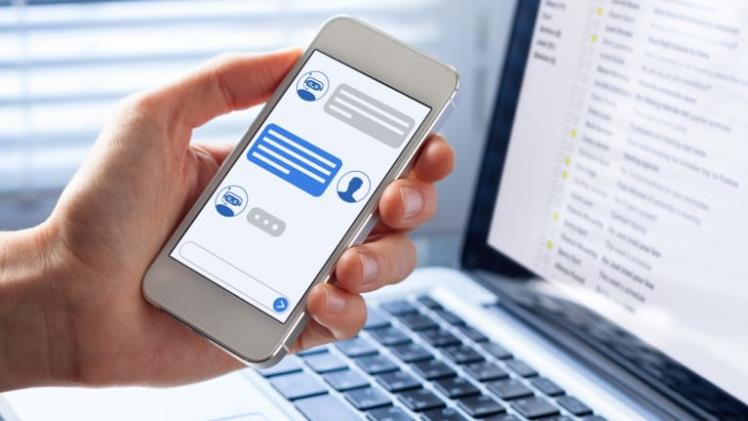The role of Human Resources (HR) in organizations has been constantly evolving, and with the rapid advancements in technology, HR has been presented with new and innovative tools. One such tool is the integration of virtual chat and AI Chatbots in HR processes. By embracing these modern communication methods, HR can further streamline operations, enhancing efficiency, and improving employee experiences. In this blog post, we will discuss three ways HR is leveraging virtual chat and chatbots to power their departments and improve overall business outcomes.
Three methods HR can use virtual chats and chatbots
1) Recruiting and Talent Acquisition
The recruitment process can be time-consuming and labor-intensive. HR professionals spend countless hours screening resumes, conducting interviews, and evaluating the skills and competencies of job candidates. In order to alleviate some of the burdens associated with these tasks, HR departments are implementing chatbots to streamline and optimize the recruitment process.
Virtual chatbots can engage with candidates, collect relevant information, and even schedule interviews. By automating preliminary stages of candidate selection, HR professionals can focus their time and resources on more strategic evaluations of potential hires. Additionally, virtual chats can serve as a readily available medium of communication, keeping candidates informed, engaged, and updated on the recruiting process, consequently improving the candidate’s overall experience.
2) Employee Onboarding and Training
Proper onboarding and training of new hires are crucial for employee satisfaction and long-term retention. HR departments typically rely on manuals, documentations, and face-to-face interactions to introduce and assimilate new employees. However, using virtual chat and chatbots can complement and even enhance these traditional onboarding methods.
By incorporating a chatbot-driven platform along with renting a virtual office, HR can provide new hires with a personalized and interactive experience that can cater to their individual needs, preferences, and learning styles. Chatbots can guide employees through essential documentation and policies, offer introductory training, and answer frequently asked questions regarding their job responsibilities and organizational culture. Furthermore, a virtual chat system enables employees to access the required information at their own pace and comfort without the restrictions of traditional onboarding methods.
3) Employee Engagement and Support
Maintaining a healthy and productive workforce requires HR departments to consistently interact, engage, and support their employees. Virtual chats, chatbots, and attendance system can serve as invaluable tools to efficiently achieve these objectives, even in organizations with large employee bases or remote work setups.
By implementing a chatbot platform, employees can easily access information regarding benefits, personnel policies, vacation requests, and more, without having to consistently rely on HR personnel. This not only saves time and resources but also alleviates the workload for HR professionals, allowing them to allocate their attention to more strategic tasks. Additionally, using virtual chats for employee feedback and discussions can provide HR with a better understanding of the overall workforce sentiment, identifying areas for improvement and fostering a collaborative work environment.
Conclusion
Incorporating virtual chats and chatbots into HR processes has demonstrated a remarkable potential to revolutionize the way HR departments operate. From streamlining recruitment efforts to enhancing onboarding and training, and fostering employee engagement, these innovations are transforming the way HR interacts with the workforce. As technology continues to advance, HR professionals can leverage these tools to drive organizational success by optimizing operations, promoting efficiency, and ultimately delivering a better employee experience.

